Understanding the fundamental principles of art is crucial for artists, designers, and other visual artists!
So I’m here to help you elevate your artwork and make the viewer even more interested in it by allowing you to create captivating compositions.
We’ll cover the seven principles in depth, including balance, contrast, emphasizing, movement and rhythm, pattern, proportion, and scale, as well as unity and variety!
So let’s get going so you can upgrade your artistic creation to the next level.
What Are The Principles Of Art?
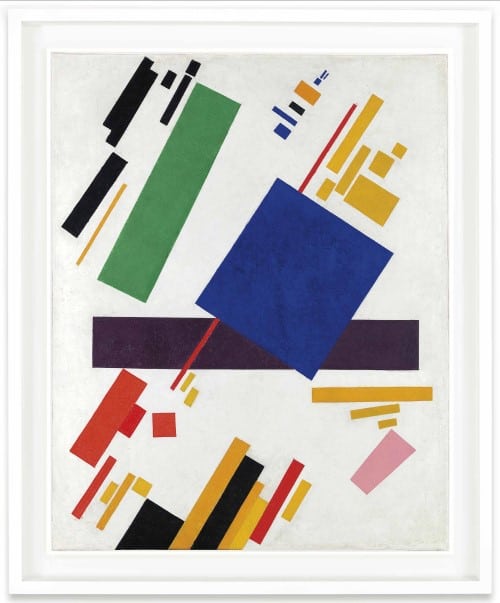
You could say that art is about creativity and creating something from your artistic mind.
But it also involves a specific set of principles that guide every artist to create impactful works. These principles are the foundation that you should use as an artist to create a harmonious and captivating piece.
These are also called the principles of design, and allow professional designers to create amazing work!
The 7 Principles Of Art
The 7 principles of art are:
- Balance
- Contrast
- Emphasis
- Movement And Rythm
- Pattern
- Proportion And Scale
- Unity And Variety
These art principles are very important, so let’s go over each one in detail.
Balance

Balance is the principle of art that involves a well-adjusted distribution of the visual elements in your artwork, design, or photography work. This is a principle that is usually dictated by the symmetrical arrangements between each element, or the asymmetry of them!
This is a very important part of creating a pleasing composition to draw the viewer’s attention.
Contrast
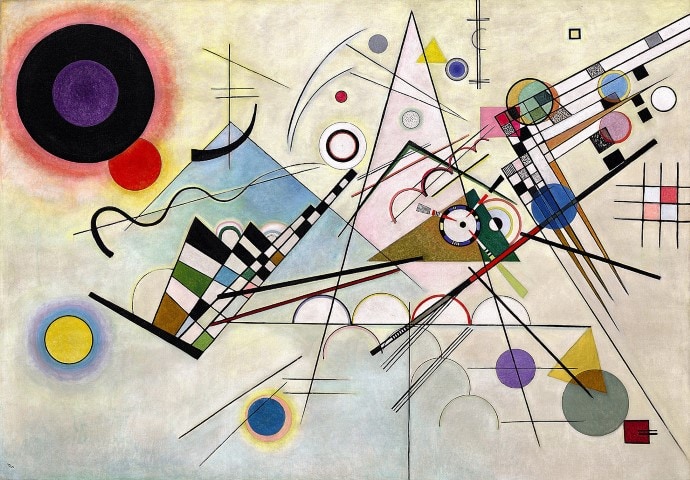
Contrast focuses on creating differences between each element in a composition.
You can juxtapose a large element with a small one, using complementary colors, or even working with light, dark and shading.
In general, contrast will add depth and emphasis on the elements of your artwork, so use it wisely!
Depending on the type of art form you’re using, you’ll have to adapt and change how you work with contrast.
Emphasis
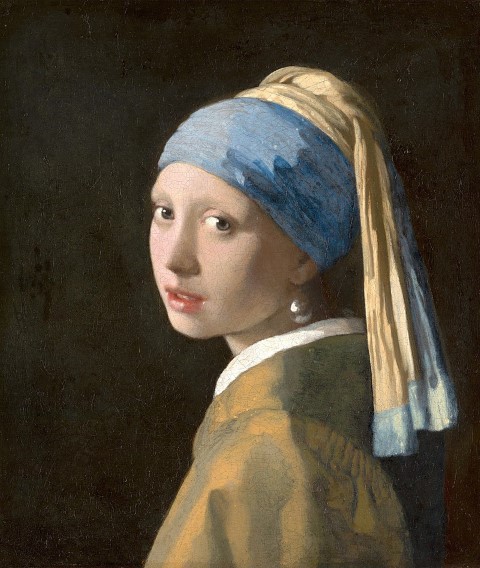
Emphasis directs the viewer’s attention and guides them throughout the art piece! You can use this principle by creating a focal point with color or contrast, size or placement, so that a specific element dominates the composition.
Using emphasis correctly, allows you to guide your viewer around a central point of your artwork, and travelling through each other element in your artwork.
Movement And Rhythm

Movement and Rhythm create a sense of motion or “flow”. You can use lines and shapes to create a visual journey in the composition.
Not only that, but it allows you to add some more dynamic to your art, even giving it some energy if you wish to!
You can do this by adding quick strokes of paint, or by adding artificial motion blur to your work.
Pattern
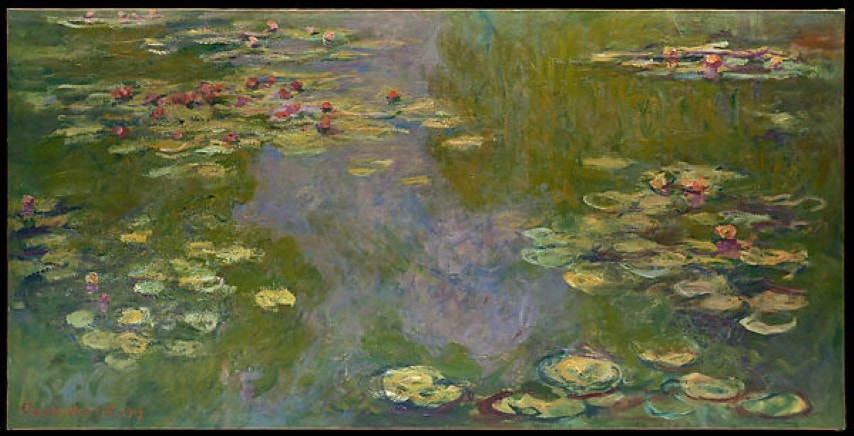
Pattern is all about the repetition of elements in your art. These can be shapes, colors, or specific patterns that you want to focus on!
It adds a lot of structure to your composition and a sense of order as well. Creating a visual rhythm throughout the piece.
The best examples of patterns in art tend to be found in clothing and ceramic.
Proportion And Scale

Proportion and scale are all about the relative size of each element, and the relationship between them! As an artist, you can use this principle to either create a cohesive realism to your composition, or to give a different, distorted, point of view.
This principle also allows you to create emphasis in your art, as well as give an illusion of size.
Unity And Variety
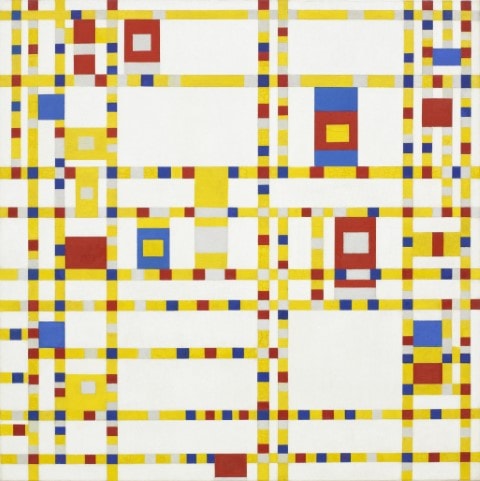
Unity allows the artist to keep their work cohesive, so that the elements work well together. It allows you to define your art as a single piece, instead of a bunch of separate pieces with unrelated parts.
You can also use Variety to introduce some diversity to your composition, adding different elements or styles within the artwork.
Even when creating Pattern, you’ll use variety so the composition doesn’t look “boring” and it’s more engaging visually. Unity is also closely tied with harmony.
While unity focuses on the cohesion of the elements within an artwork, harmony focuses on the relationship between elements, so that it looks visually pleasant together.
Related Questions
Let’s now go over a couple of related questions you might have about the different principles of art.
What is the difference between elements and principles of art?
The difference between elements of art and principles of art is their role in the artistic process.
Elements of art refer to the fundamental building blocks, such as line, shape, color, texture and more. These are the foundations for creating the artwork.
On the other hand, the principles of art and design are considered the “rules” that artists can follow to organize these elements in their composition effectively.
What visual tools can artists use to convey a sense of harmony in their compositions?
In general, artists can convey a sense of harmony in their compositions by using visual tools such as color, shape, form and texture.
Artists can use color by selecting a nice arrangement of hues to establish specific emotions or a harmonious atmosphere in their work!
They can use shape and form to create balance and symmetry, or even by adding some repetition for a pleasing flow to their composition. Not only that, but artists can use texture for deliberate contrast to enhance the overall harmony.
How can you analyze your artwork to identify unity and harmony in your composition?
To analyze and identify unity and harmony in your artwork, you should look for visual connections between elements in your composition.
Look for repetition of shapes and colors, lines, as well as how each element looks together throughout the composition.
Try to assess the overall balance and the relationship between each element. For example, having a wide blue river with a few carps bring harmony to your drawing. Some fire burning beneath the water, might not.
Try to keep into consideration the overall composition and introduce elements that give it a sense of unity!
Understanding the principles of art is essential for artists. So improve your relation between elements in your composition, and create an even better work of art than before!
And if you’re looking for a few supplies to use while practicing these principles, here are the best Must-Have Materials For Artists!
Patricia Caldeira is the main writer here at Don Corgi. She's an art teacher with over 20.000 happy students across many platforms and courses!
Enjoy your stay and as always:
Keep on drawing!



